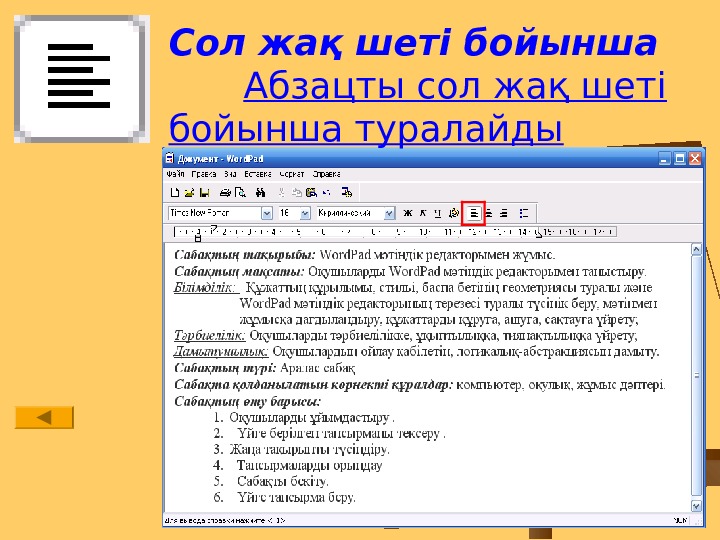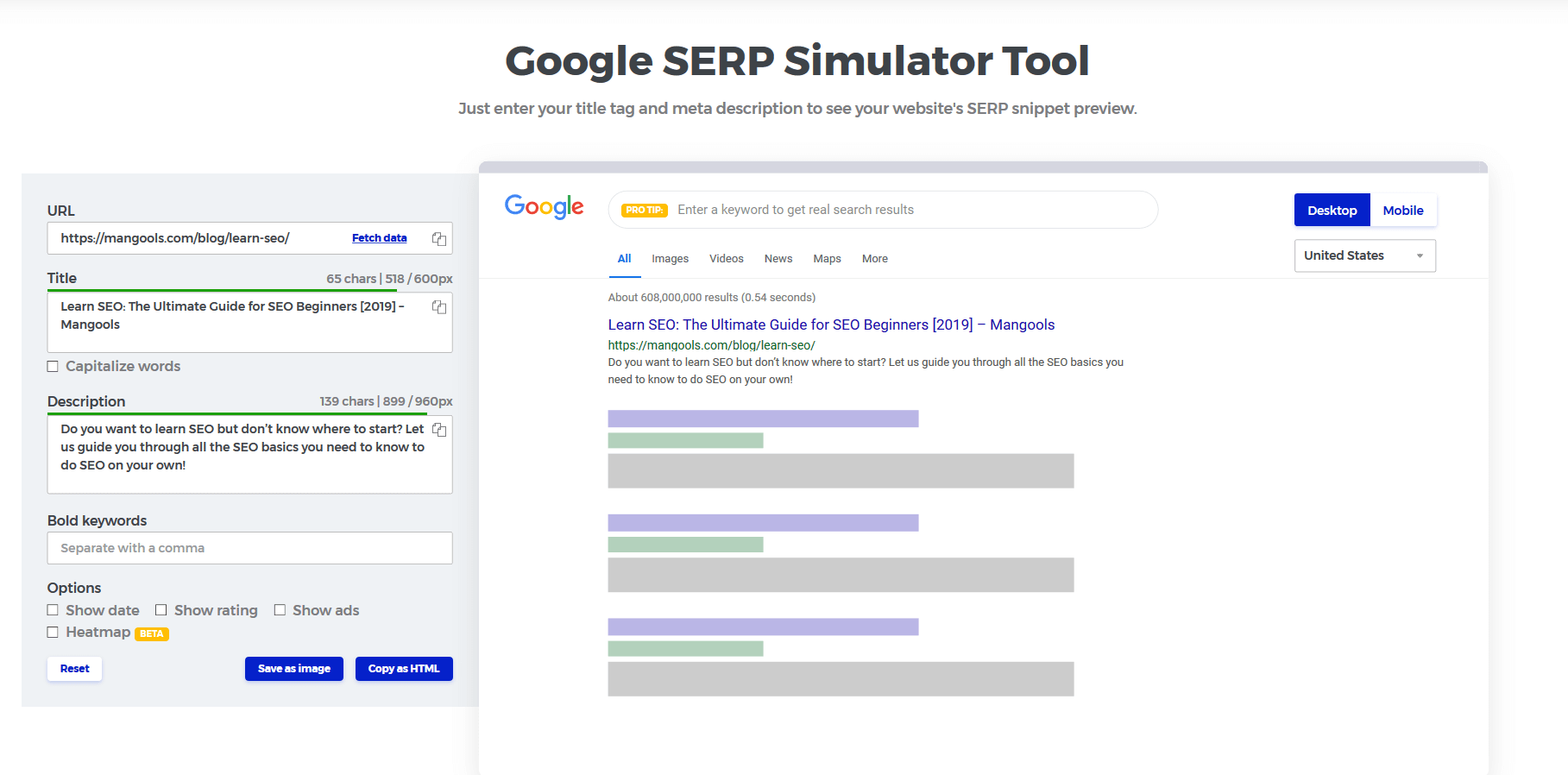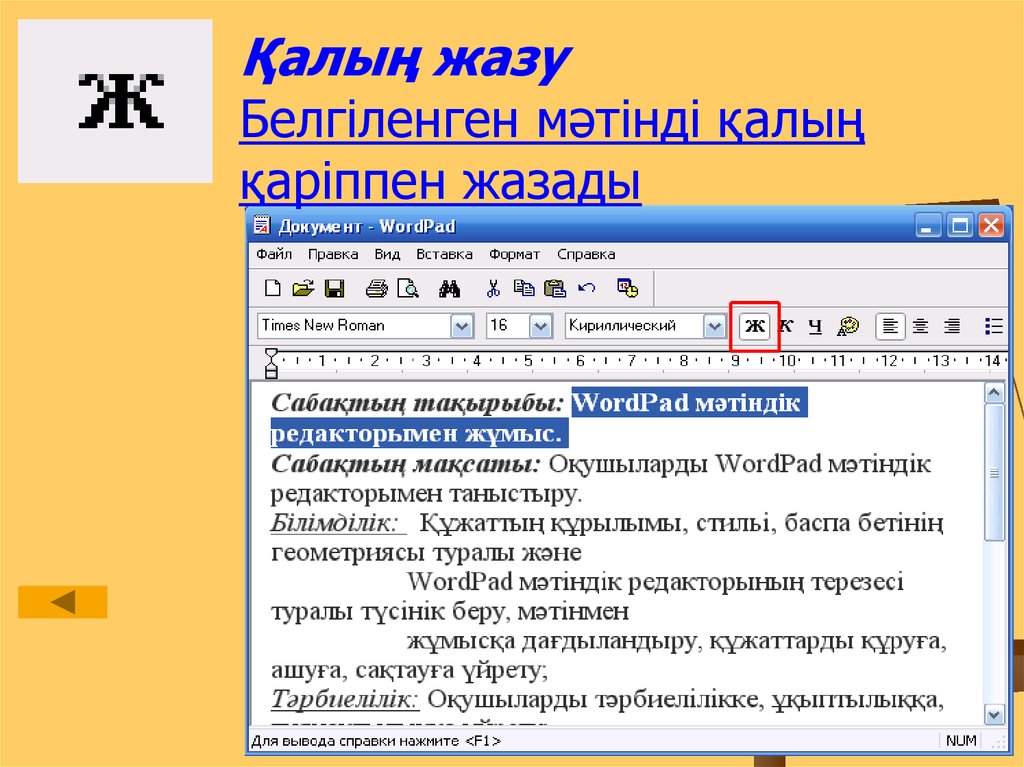

Email clients update their specs and requirements regularly, but we geek about that stuff - we’ll stay on top of it so you can spend less time reading up on latest email client updates and more time designing beautiful email. The abstraction it offers guarantee you to always be up-to-date with the industry practices and responsive. MJML has been designed with responsiveness in mind.

Building a responsive email is super easy with tags such as and. Say goodbye to endless HTML table nesting or email client specific CSS. Get your speed and productivity boosted with MJML’s semantic syntax. MJML rolls up all of what Mailjet has learned about HTML email design over the past few years and abstracts the whole layer of complexity related to responsive email design.

MJML’s open-source engine generates high quality responsive HTML compliant with best practices. Its semantic syntax makes it easy and straightforward and its rich standard components library speeds up your development time and lightens your email codebase. Go ahead and choose this image as our featured image and return back to the post editor. Now, you can preview the post and see that our image has been added.MJML is a markup language designed to reduce the pain of coding a responsive email. The featured image of the post is sometimes used by your WordPress theme. Once you have more images in our media library, you’ll be able to add an entire gallery of images into the post. On the left side of this box, you’ll see options to create a gallery and set the featured image. If you click the Add Media button again, you’ll see the same insert media box. The next icon in the upper left corner will delete the image out of the post.ĩ. If you click the advanced settings tab, you’ll see the URL of where the image file is hosted on your site, the actual width and height of the image in pixels, the CSS Class, styles and image properties that add padding around the image.Ĩ. You can also select this image to link nowhere, or to link to the actual image file.ħ. If you click that icon, you’ll now see another box open for editing the details of the image. Here you can change the size of the image based on percentages (which can be a handy tool for resizing) or you can update the title, alternative text, the caption and link URL. If you click on this image, you should see two boxes appear in the upper lefthand corner of the image. Make sure the image has a checkbox and click the Insert into post button. Now you’ll see your image has been added to your post.Ħ. You can also choose the alignment of the image (such as center, left or right), where the inserted image should link to, the actual URL of the image and the size of the image.ĥ. Here you can change the Title, Caption, Alt text and Description. On the right side of this box, you’ll see the attachment details for this page. Now that your image has been uploaded, you’ll see it has been added to the media library.

Find the image you’d like to use and click open.Ĥ. To upload an image, click the Select files button. From this box, you can choose to either upload a new file or use an existing file in from the media library. Your WordPress site uses a media library to store all of your media like images and videos. Click the Add Media button and you’ll see the Insert Media box.ģ. Above the Post editor toolbar, you’ll see an Add Media button. Determine where you’d like to insert your image in your post.Ģ. Using a visual element like an image or photo is a great way to spruce up your post or page content.


 0 kommentar(er)
0 kommentar(er)
